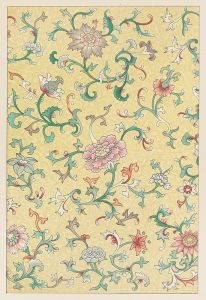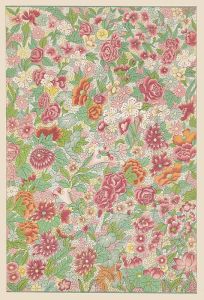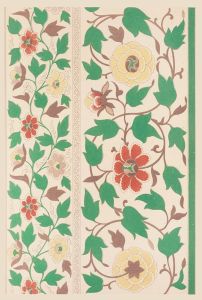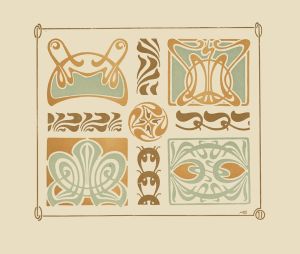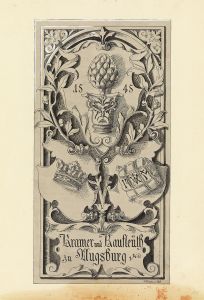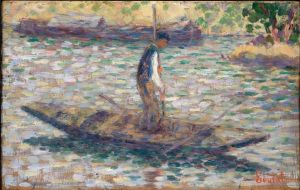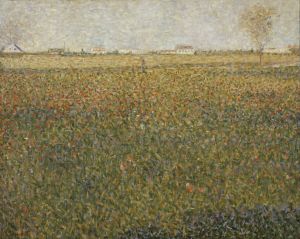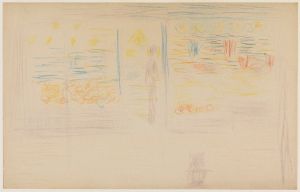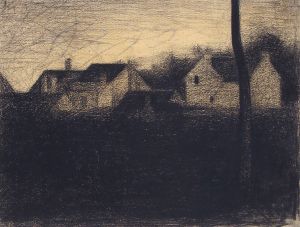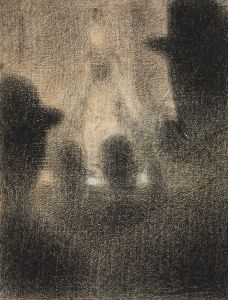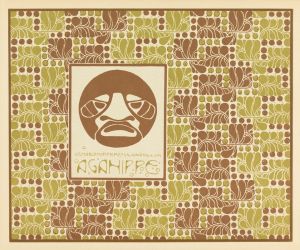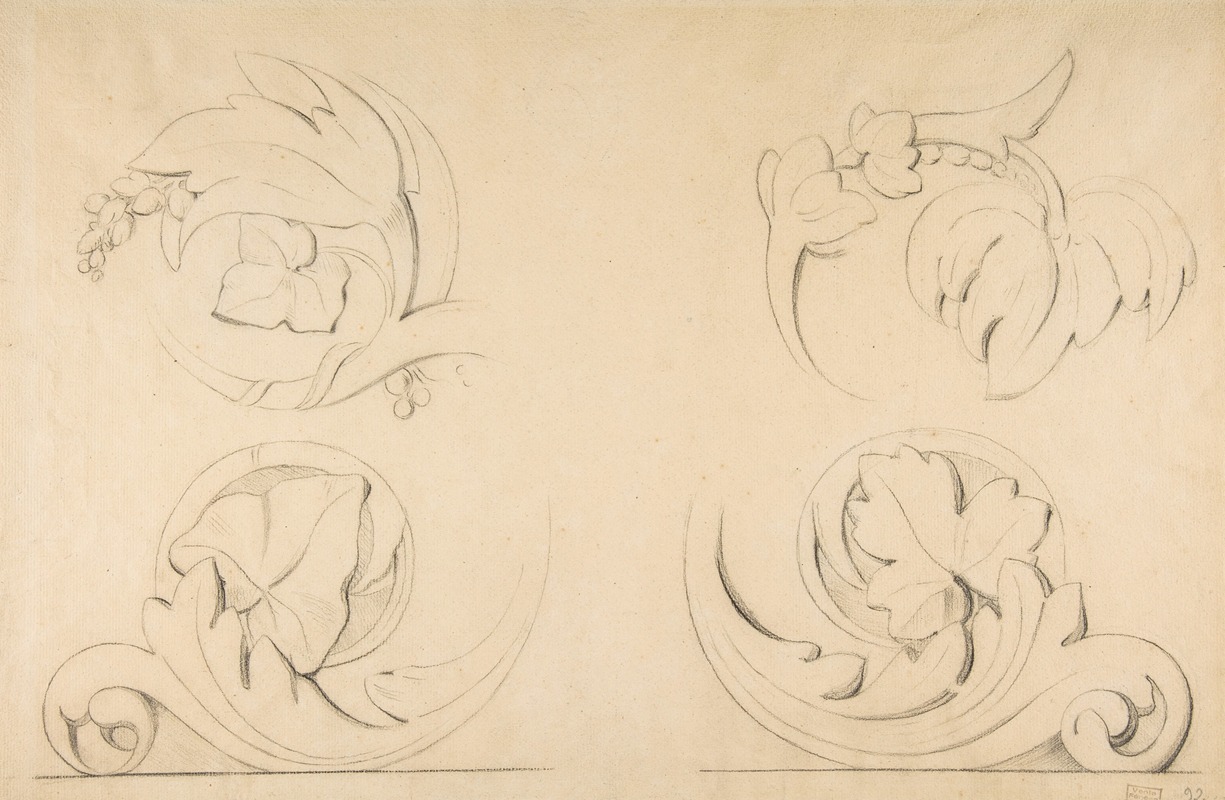
Architectural Motifs; Four Rinceaux
A hand-painted replica of Georges Seurat’s masterpiece Architectural Motifs; Four Rinceaux, meticulously crafted by professional artists to capture the true essence of the original. Each piece is created with museum-quality canvas and rare mineral pigments, carefully painted by experienced artists with delicate brushstrokes and rich, layered colors to perfectly recreate the texture of the original artwork. Unlike machine-printed reproductions, this hand-painted version brings the painting to life, infused with the artist’s emotions and skill in every stroke. Whether for personal collection or home decoration, it instantly elevates the artistic atmosphere of any space.
"Architectural Motifs; Four Rinceaux" is a drawing by the French post-Impressionist artist Georges Seurat. Seurat, born on December 2, 1859, in Paris, is best known for pioneering the technique of pointillism, a method of painting in which small, distinct dots of color are applied in patterns to form an image. However, "Architectural Motifs; Four Rinceaux" is a work that showcases his skill in drawing rather than his more famous painting technique.
The drawing, created using conté crayon on paper, is part of Seurat's exploration of classical architectural elements. The term "rinceaux" refers to a decorative border or strip, typically featuring stylized foliage, used in classical and medieval architecture. Seurat's interest in such motifs reflects his broader fascination with structure, form, and the interplay of light and shadow, which are evident in his more widely recognized works.
"Architectural Motifs; Four Rinceaux" is characterized by its precise and meticulous execution, demonstrating Seurat's rigorous academic training and his deep understanding of classical art forms. The drawing is composed of four distinct rinceaux designs, each showcasing intricate patterns of leaves and vines. The use of conté crayon, a medium known for its rich, velvety texture, allows Seurat to achieve a high level of detail and subtle gradations of tone, enhancing the three-dimensional quality of the motifs.
Seurat's approach to drawing was methodical and scientific, much like his approach to painting. He was influenced by the theories of color and perception of his time, particularly those of Michel Eugène Chevreul, whose work on color contrast and harmony had a significant impact on Seurat's artistic development. In his drawings, Seurat applied similar principles, focusing on the precise arrangement of lines and tones to create a harmonious and balanced composition.
"Architectural Motifs; Four Rinceaux" is part of a larger body of Seurat's works that includes studies of various architectural and ornamental elements. These studies were not merely academic exercises but were integral to Seurat's artistic process, informing his understanding of composition and form. They also reflect his broader interest in the decorative arts and his desire to elevate drawing to the same level of importance as painting.
The drawing is housed in the collection of the Art Institute of Chicago, which holds an extensive collection of Seurat's works, including his famous painting "A Sunday on La Grande Jatte." The Art Institute's collection provides valuable insight into Seurat's artistic evolution and his contributions to the development of modern art.
In summary, "Architectural Motifs; Four Rinceaux" by Georges Seurat is a testament to the artist's skill in drawing and his deep engagement with classical art forms. The work exemplifies Seurat's meticulous technique and his commitment to exploring the structural and decorative aspects of art, which played a crucial role in his broader artistic practice.






